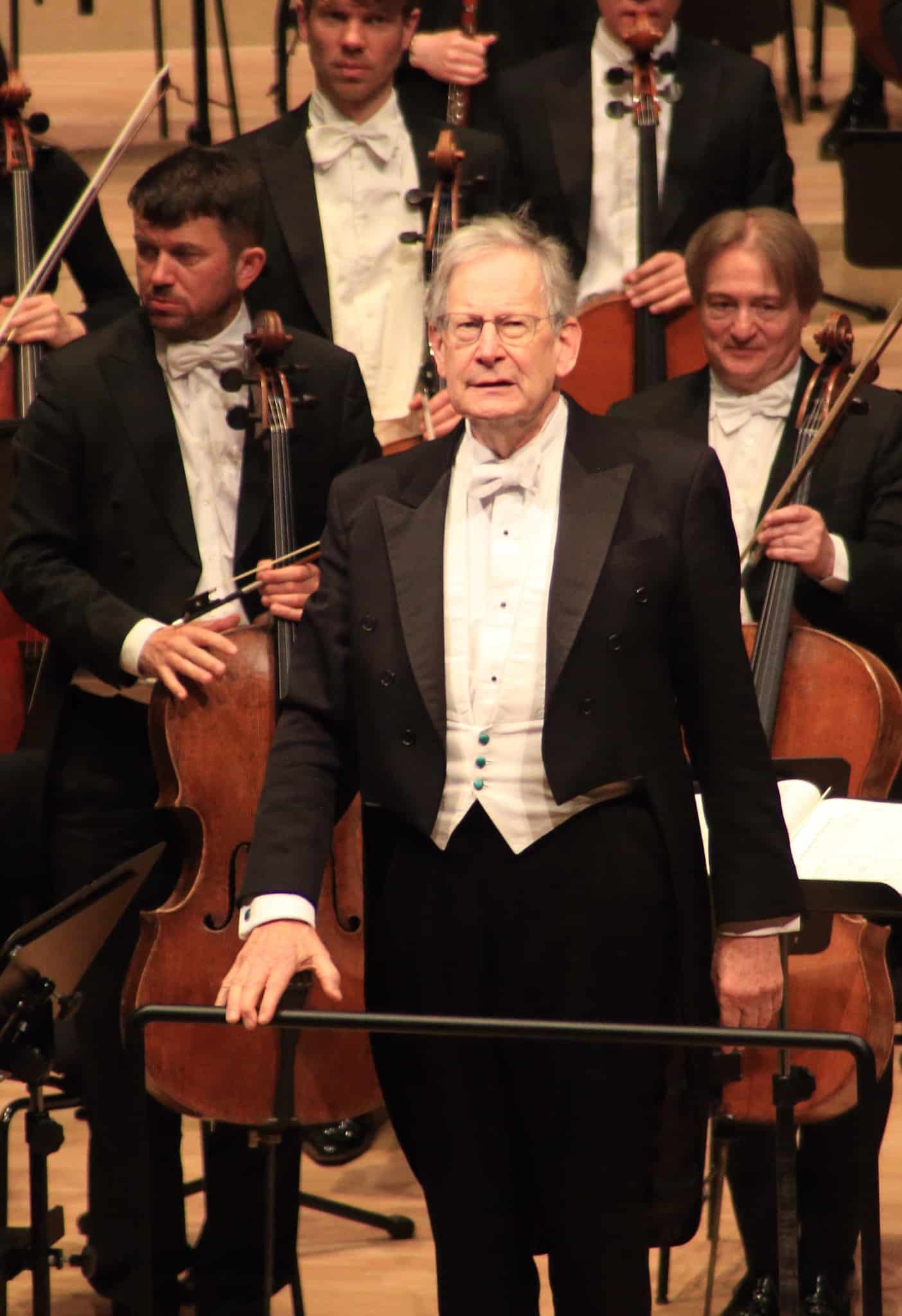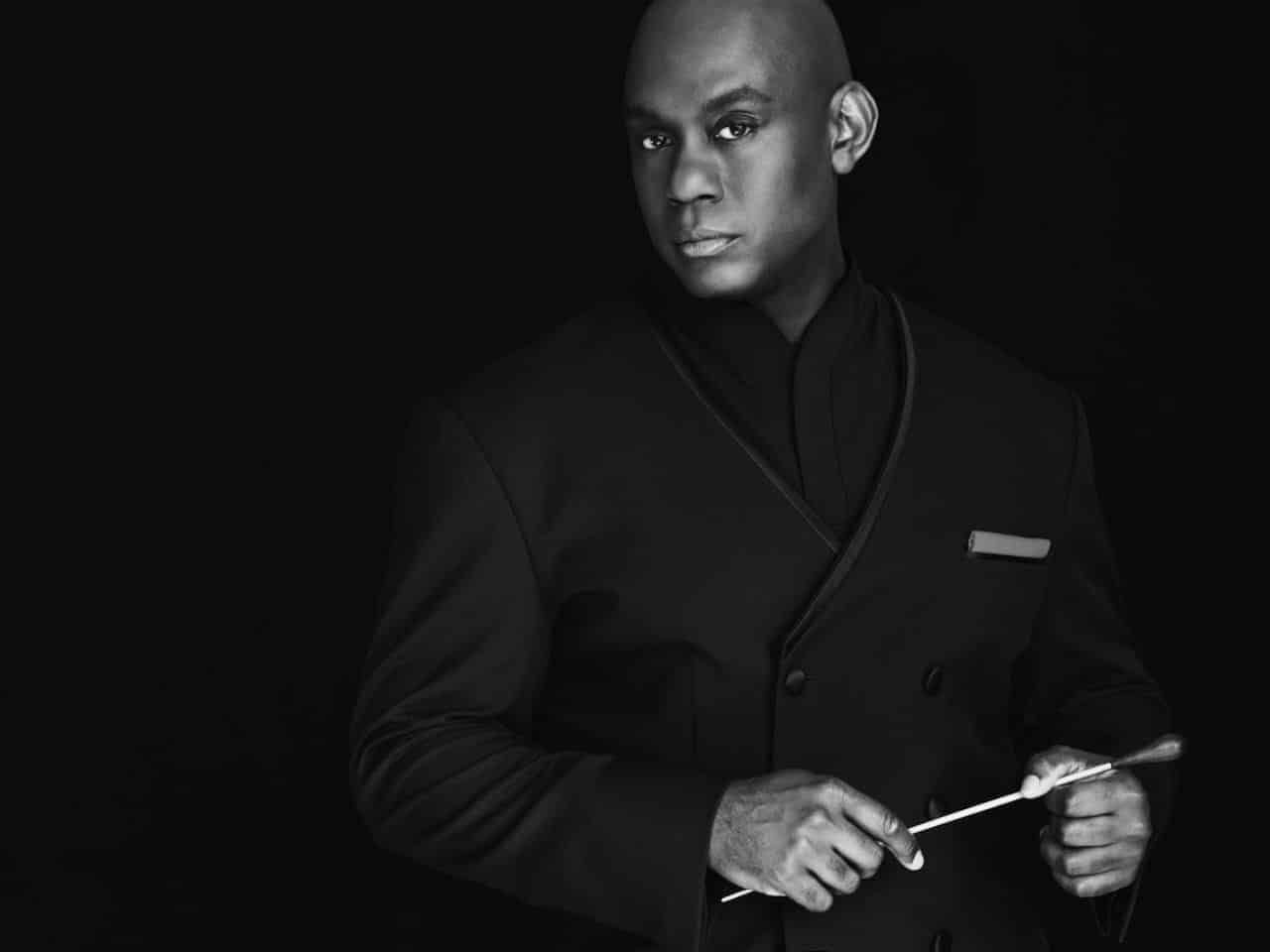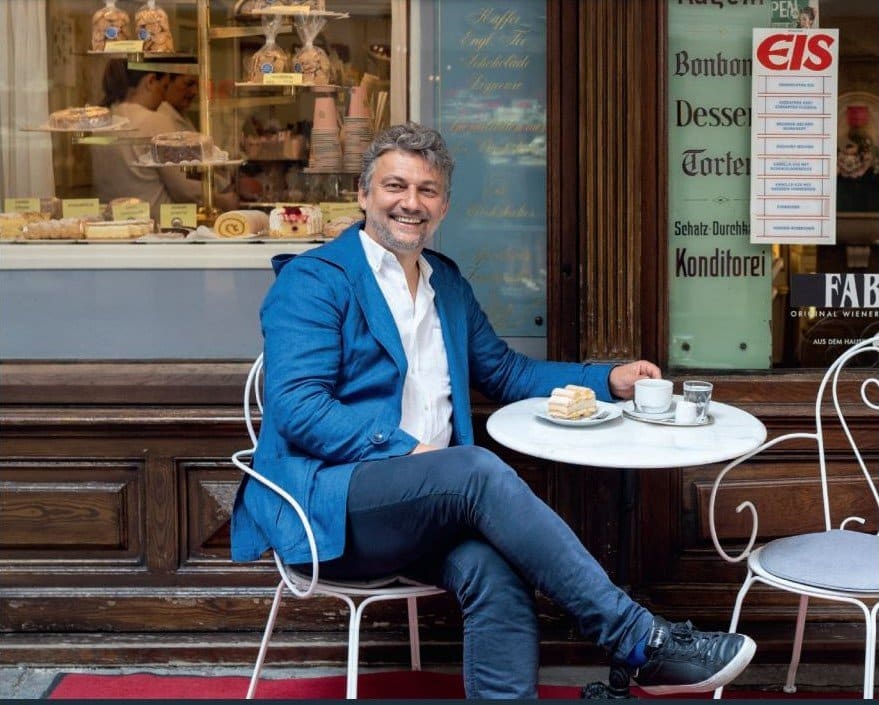The first loser at the Chopin Competition is…. Fazioli
mainThe Warsaw contest is well under weigh and the organisers have published the list of pianos that contestants have chosen to play. Apparently, they are given 15 minutes to decide.
Most picked a Yamaha or a Steinway.
Next came Kawai.
Only one contestant chose a Fazioli.
And not a Bechstein, Bösendorfer or Pleyel in sight.






I never understood the Fazioli craze. I found the sound offensive back when I was shopping for a piano.
Many are just scared when they play first time Fazioli, because it’s even too expressive.
Other cannot play a Fazioli, since they have already a contract. If they want to be a Steinway (or Yamaha) artist, they cannot use others. See history of Garrick Ohlsson
37 Yamahas vs 31 Steinways. I don’t get it. Then again, Richter preferred Yamahas in his later years. How have Yamaha pianos evolved in the last 30 years?
Small typo, should be “underway.”
Yamaha is a major sponsor and certainly has the clout. I laughed when I saw “Steinway Lyngdorf” listed as a partner.
At least from listening to the YouTube streaming video, the CFX however sounds a lot nicer than the one that was used at Tchaikovsky 15 earlier this year. However, I was shocked that Rachel Naomi Kudo went with a Steinway.
Many contestants chose Fazioli for their performances in the 2010 Chopin competition in Warsaw, including the 3rd prize winner, Daniil Trifonov. Listen to his performance of Chopin’s 3rd Sonata in B minor here on a Fazioli. There are also clips of his Chopin Etudes on YouTube taken at a London recital where he played a Fazioli piano.
Another Fazioli performance in the 2010 Chopin competition by the 5th prize winner, François Dumont (Chopin: Nocturne in C minor, Op. 48 No. 1).
One must realize that every piano has an individual disposition, or “voice”, regardless of brand name. The choice of which piano to use in a high-strung situation such as a competition is for obvious reasons a very personal one. The Yamaha and Steinway pianos might have had special qualities that made them a better choice than the others. The last Van Cliburn competition had a choice of three or four different Steinway pianos, two made in New York and two Hamburg Steinways. And how different they all sounded!
No it shouldn’t, ‘ under weigh’ is a nautical term. Meaning when there is sufficient water flow past the rudder for the ship to be able to be steered. It later was transcribed as underway.
Actually the spelling “weigh” came later. The OED attributes this to an “erroneous association” with the phrase “to weigh anchor”.
Many contestants chose Fazioli for their performances in the 2010 Chopin competition in Warsaw including the 3rd prize winner, Daniil Trifonov. Listen to his performance of Chopin’s 3rd Sonata in B minor here on a Fazioli. There are also clips of his Chopin Etudes on YouTube taken at a London recital where he played a Fazioli piano.
Another Fazioli performance in the 2010 Chopin competition by the 5th prize winner, François Dumont (Chopin: Nocturne in C minor, Op. 48 No. 1).
One must realize that every piano has an individual disposition, or “voice”, regardless of brand name. The choice of which piano to use in a high-strung situation such as a competition is for obvious reasons a very personal one. The Yamaha and Steinway pianos might have had special qualities that made them a better choice than the others. The last Van Cliburn competition had a choice of three or four different Steinway pianos, two made in New York and two Hamburg Steinways. And how different they all sounded!
Sorry about the duplicate post … Norman, you can delete this one.
In 2010, 4 contestants (many?) chose Fazioli.
In 2010, 12 contestants chose Yamaha. This year there were 36 who chose Yamaha; now the partner of the Chopin Institute.
The fact is that about 90% of pianists in competitions will choose the piano that they normally practice on at home or in school. Contestants are understandably loath to take any kind of perceived risk at a piano competition.
I suppose I am an outlier. The responsiveness and balance of the Fazioli just caught my mind’s ear completely. The lower register was robust, and the upper register didn’t tear my head off, quite unlike many Steinways. I personally love the coloration, especially for the Chopin. I would think that Liszt, Rachmaninov, etc…would not suit the Fazioli so well, as they tend to want a more ham-fisted approach. Just my personal observations, as a brass, string, and vocal professional. Y’all think about it